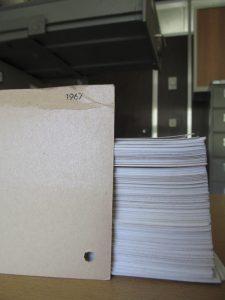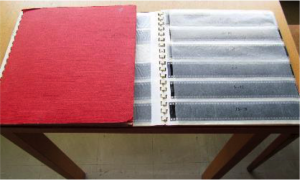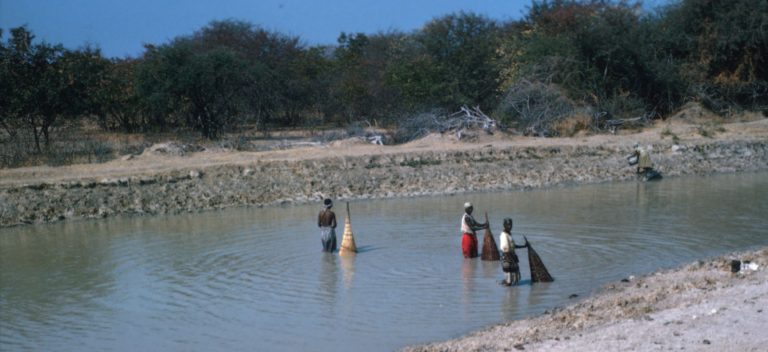On the Photographic Production of a public officer born in Cape Vert
António Carreira (1905-1983) was born in Cape Vert and lived for decades in Portuguese Guinea, where he became a colonial officer since the early 1920s. Leaving in the mid 1950s the colonial administration for the private sector, he became the manager of Casa Gouveia, a company exploiting the Port of Bissau. After a first docker’s strike two years earlier, Carreira called the portuguese army about another one, which ended up known as the Pidjiguiti massacre (1959). His role in the event led him to move to Lisbon.
In Lisbon, he became connected to the recently created project of an Overseas Ethnology Museum. The Overseas Ethnology Museum in Lisbon was a late colonial project, conceived to be developed along with a research centre on cultural anthropology, the Centro de Estudos de Antropologia Cultural. Both projects were under the direction of Jorge Dias and responded to the Junta de Investigações do Ultramar, the state body coordinating overseas research.
Dias was interested in Carreira’s previous experience in the bureaucratic apparatus of the Portuguese colonial state and later on his fieldwork experience in Guinea as well. Carreira thus conducted several state funded missions to Portuguese overseas territories, namely 5 ethnographic missions all over Angola during the 1960s.
The timings of these missions, or even of the development of the Museum/Research Centre project, show how much the Portuguese colonial state aimed to continue its domination – the liberation war in Angola had started in 1961.
Carreira’s field photographs made during his missions to Angola, never became an authored collection – they were integrated in a broader ethnographic photography archive, to be used as a resource for the research of the museum’s team and eventually by the wider scientific community. However, field photographs, including Carreira’s were very occasionally used in later publications.
The archive gathers field photographs from many sources, mostly from field missions by several of the museum’s researchers or collaborators.
The organization of the archive is quite complex. The printed cards with field annotations are separated by country, yet the ones related to Angola are organised by theme rather than by production order. The negatives are organised by formats, where missions to different places were put together.
Carreira used a peculiar method for field photography which was shared by other of his colleagues at the museum: in each mission he use two cameras with different types of film. In the archive, this practice leads to a very dense collection in terms of formats and cataloguing.
All these features made necessary to outline a broader understanding of the field missions conducted to the then Portuguese Overseas territories since the early development of the Museum (see here for a synthetic diagram).
Mobilising archives reconstructed Carreira’s field missions to Angola, looking at his field photographs in combination with the documents related to the mission, housed at the Museum’s historical archive. For the sketch, see here.



